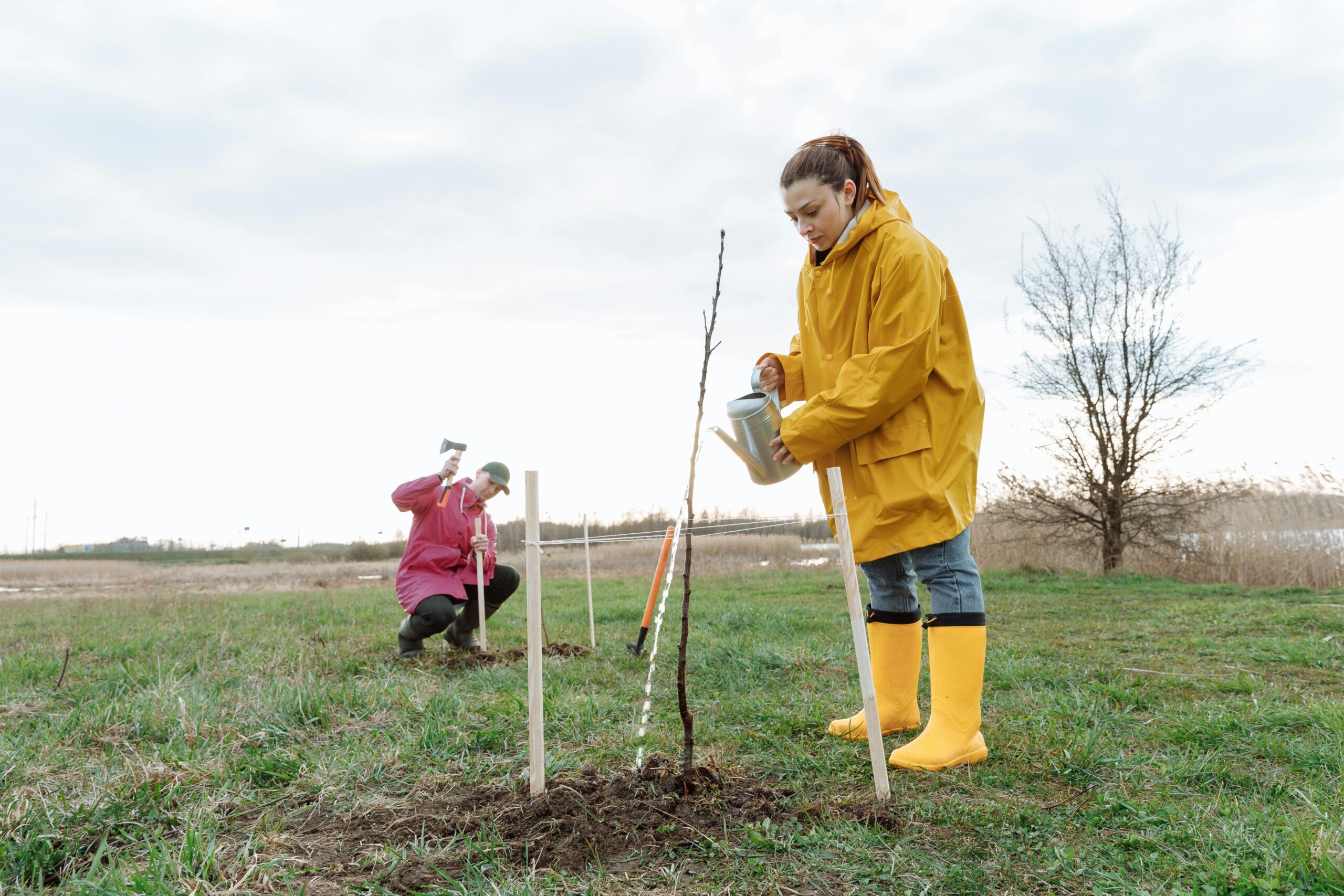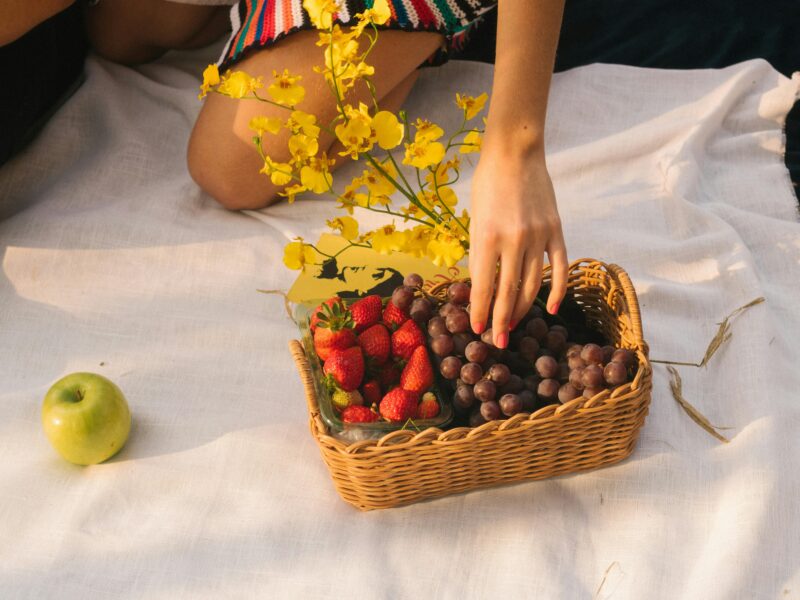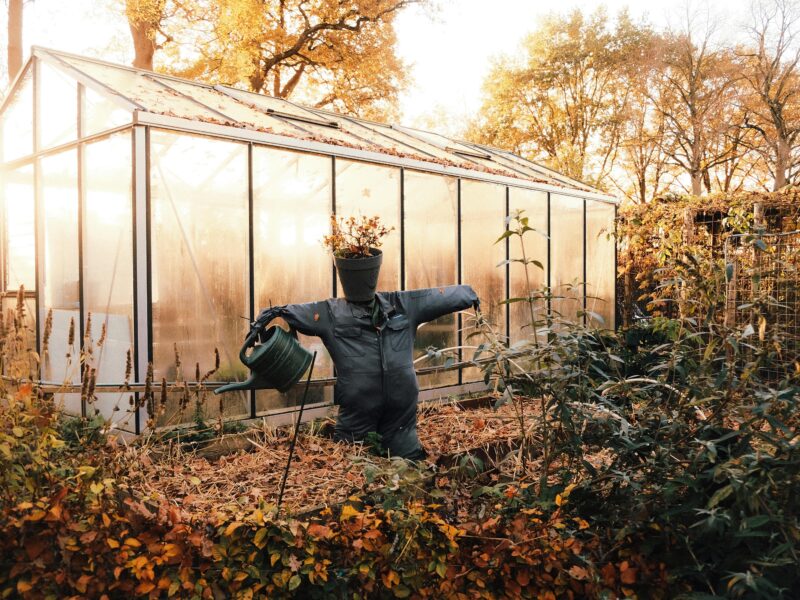Starting a garden can feel both exciting and intimidating. You imagine a yard filled with colorful flowers or baskets of fresh vegetables—but between the seed packet and the final bloom lies a process that requires patience, knowledge, and care. The truth is, gardening success isn’t about luck or having a “green thumb.” It’s about following the right steps in the right order.
Whether you’re planting your first flower bed or a small vegetable garden, this guide walks you through every stage of the journey—from seed to full bloom.
1. Start with a Plan
Before you buy seeds or dig into the soil, take time to plan your garden. Think about what you want to grow and where it will go. Consider how much sunlight your space gets throughout the day, what kind of soil you have, and how much time you can realistically devote to maintenance.
For beginners, start small. Choose a few easy, reliable plants like marigolds, zinnias, tomatoes, or herbs. Sketch out your layout on paper to visualize spacing and plant pairings. A simple plan saves time and frustration later on.
2. Know Your Soil
Healthy soil is the foundation of every successful garden. Most beginners skip this step, but understanding your soil type helps you choose the right plants and fertilizers.
Take a handful of soil and squeeze it. If it clumps tightly, you have clay soil that holds water. If it falls apart quickly, it’s sandy and drains fast. The ideal soil—the kind most plants love—is loamy, which feels soft and slightly crumbly.
You can improve your soil by adding compost or organic matter. It nourishes plants, improves drainage, and helps retain moisture.
3. Choose Quality Seeds and Starter Plants
Not all seeds are created equal. Buy from trusted suppliers or local garden centers that specialize in your region’s growing conditions. Check seed packets for essential information such as sunlight requirements, planting depth, and days to maturity.
For your first garden, consider starting with a mix of seeds and nursery-grown transplants. Seeds are affordable and rewarding, while starter plants give you a head start and boost confidence.
4. Timing Is Everything
Planting too early or too late can doom even the best garden. Each region has its own “frost dates”—the last expected freeze in spring and the first in fall. These dates determine when it’s safe to plant outdoors.
Warm-season crops like tomatoes and peppers need consistently warm soil, while cool-season vegetables like lettuce, spinach, and peas can handle early-spring temperatures.
If you’re growing flowers, read the packet carefully—some annuals thrive in cool weather, while others prefer summer heat.
5. Water Wisely
New gardeners often think plants need daily watering, but too much can be as harmful as too little. Overwatering suffocates roots, while underwatering leaves plants weak and dry.
Water deeply and less often to encourage roots to grow downward. Early morning is the best time to water, allowing leaves to dry before evening and reducing disease risk. For container gardens, check soil moisture regularly—pots dry out faster than garden beds.
6. Feed and Protect Your Plants
As your plants grow, they’ll need consistent nutrition. Use organic fertilizers or compost to provide balanced nutrients. Avoid overfeeding, which can lead to lush leaves but few flowers or fruits.
Keep an eye out for pests and diseases. Early detection is key. Remove damaged leaves, encourage beneficial insects like ladybugs, and use natural pest controls such as neem oil if necessary.
7. Support Growth and Enjoy the Process
As plants mature, they may need physical support—stakes for tall flowers, cages for tomatoes, or trellises for climbing beans. Regular pruning or deadheading (removing spent blooms) encourages continued growth and blooming.
But perhaps the most important part of gardening is observation. Spend time with your plants every day. Notice how they respond to weather, water, and sunlight. The more attention you give, the more you’ll learn.
Gardening is a journey of patience and discovery. Every seed you plant is a small act of hope, and every bloom is proof of your effort. Mistakes will happen, but each one teaches you how to grow better next season.
From choosing your seeds to celebrating your first harvest, remember that success doesn’t happen overnight. It happens quietly, beneath the soil, one root and one leaf at a time. Stay consistent, stay curious, and let nature do the rest.
Your first garden won’t just grow flowers or food—it will grow your confidence, too.


